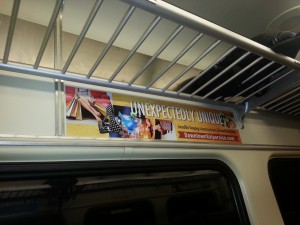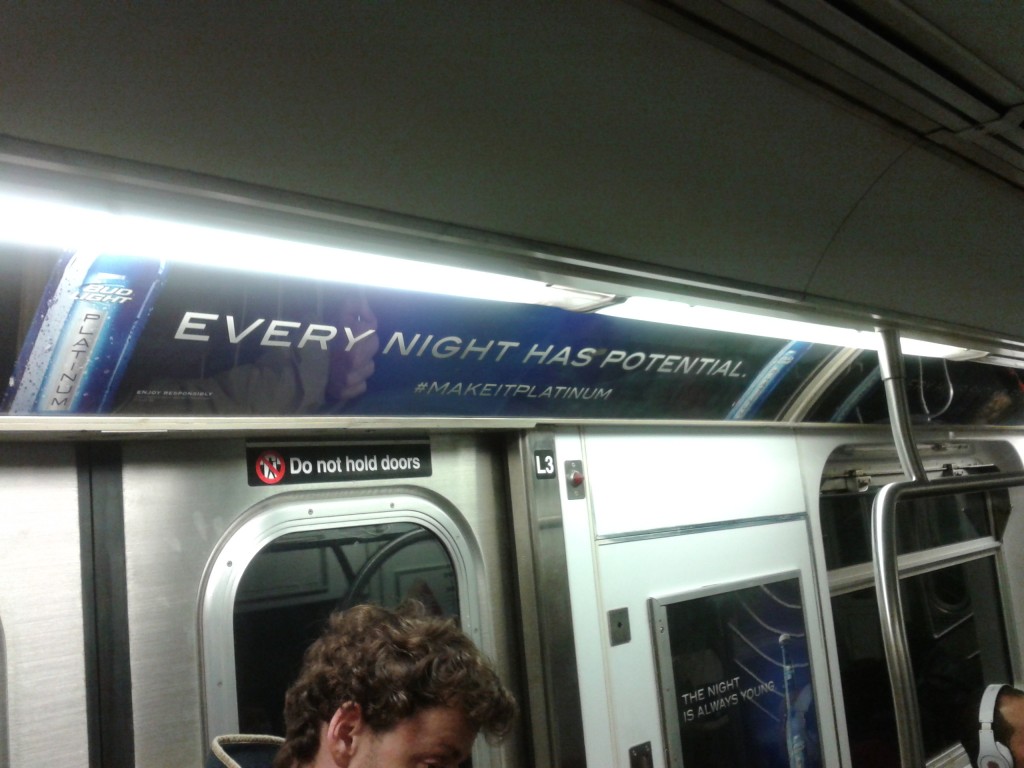A while back (2010 and 2011 - yeah an eternity in the digital world) I commented on Microsoft's retail strategy (see the posts Microsoft Store Unleashed and Microsoft Store - Retail Tips on Online vs Offline). I noted the criticisms of Microsoft's "slow rollout", defending that it made some sense given its position against Apple.
Well, since then, the strategy has provided successful insights for Microsoft - Washington Post noted 51 new stores in 2012, adding comment that the retail strategy may be a boon understanding customers better. The article also noted the strategy as a significant countermove to Google.

This Microsoft Store on Michigan Ave - Chicago's Magnificent Mile - is the latest in Microsoft's retail strategy started in 2008
This picture shows a Microsoft retail store on the Magnificent Mile, in the shopping center adjacent to Nordstroms. The location is notable compared to the strategy mention in the previous post - to roll out new retail stores slowly before entering more fashionable location. The Chicago location is not considered as much as a local landmark as the Apple Store built in Grand Central Station, but it is a prime retail location along Michigan Avenue which also attracts tourists as well as affluent residents.
The stores may also be advantageous as customers begin to increasingly showroom - research pricing while in store. Chain Store Age noted in a recent article that one in three shoppers showroom. This means retailers must coordinate their online and offline retail experience to be successful. It also means multichannel marketing analysis is essential to understanding the degree of cross channel traffic that exist. Although the 2013 Christmas shopping season has passed, its effect will have retailers paying closer attention to multiple paths that lead to conversion and sales.
In the meantime, I think I'll check out an XBox One….for, er, research. 😉
YouTube's inclusion in Billboard metrics (and subsequently, its part of Nielsen ratings) is a signal that YouTube Analytics is becoming an important asset in business. The metrics are a natural match for businesses small and large looking to increase their video sophistication. Watch this All Analytics video on why YouTube is valuable, and add your comments at, well, the YouTube channel for All Analytics as well as here at Zimana blog.

Auditing Ad Placement - Even Offline Ones Such as the Valparaiso Indiana Tourism Ad - Can Reveal Where Adjustment is Needed for Your Marketing and Analytics Strategy.
This image shows a great ad for Valparaiso, Indiana, located 50 miles outside of Chicago. This ad appear on the South Shore line, a commuter line which runs from Chicago, through Gary, and ends in South Bend. The rail line does not pass through Valparaiso, which is 20 miles to the southeast of Gary Metro Station.
This means that the ad is overlooking the action a person can take after viewing it; An ad like this can provide some level of branding, a reminder of a great place to visit. But with mobile and tablets becoming used more frequently, it is more important to set ads that permit people to take action.
To address the action needed in these instances, consider a few starter ideas:
In this age of digital ads, auditing where your ads shows is important.
This video for All Analytics was completed in 2012. I noted the buzz about the Goldman Sach exec who said that clients were referred as "Muppets" a derogatory term in British circles. For analytics, there is a different level of dedication, spearheaded by the digital analytics association. Watch this video to see what I mean.
This latest infographic from Monetate covers the complexity of multichannel marketing, from the perspective of multi-screens and consumer behavior. Indeed as the public adopts smartphone and tablet access to online properties, behaviors are changing. the result for marketers is the increased need to develop multiple call-to-actions to complement the media that they are using.
 Monetate Marketing Infographics
Monetate Marketing Infographics

The hashtag #MakeItPlatinum for this Budweiser Ad appears on a New York Subway. Consider how hashtags can appear offline and online to build your brand.
Many students want to study with A students, the ones who do well on the exams. In the world of social media, Facebook and Google view Twitter as the best study buddy to have.
In June 2013, Facebook announced that hashtags could now be used on its platform. Facebook users can incorporate the same "#" sign that has been used on Twitter for years. Google also added hashtag capability on Google Plus posts.
For those who do not know: Hashtags are pound symbols added at the beginning of a word within a tweet or a shared post. The pound sign highlights the word as a metadata keyword, permitting anyone on a given social media platform to search for posts containing that word. This becomes a means to search around a particular topic.
Hashtags have become as ubiquitous as URLs on printed and offline content. They are a way to connect users through conversation and their usage has becomes a medium on which metrics are planned. In an article for All Analytics I noted how Bottlenose, a new social media dashboard, provide a drill down feature on its radar reporting. This let users see where other associated hashtags could complement their purposes.
Because conversations are consistently built around them, hashtags offer retails a source of consumer engagement. Some high profile professionals - from small business experts to media sensations - have created "Twitterchats" – “town halls” meant to regularly discuss topics with an audience. Other businesses have developed customer service around a hashtag, to share information readily.
This engagement is crucial as consumers are being more influenced to purchase by social media. Discovery of hashtag value among businesses is growing. Here are a few stats from the business press about the influence of hashtags:
But hashtags do come with some hazards. I recall many Facebook users who did not understand what the notation meant. That may change as hashtags are used with programs to indicate where a complementary conversation is taking place. And there are misuse of tags, such as the McDonald’s #McDStories, and ones that confuse a message, such as the Margaret Thatcher tag #Nowthatcherisdead in which some people thought the singer Cher had died.
Retailers looking to rely on hashtags should consider the following when planning a social media campaign.
What are other ways that you believe that tags will be valuable? What tags have you seen used successfully?